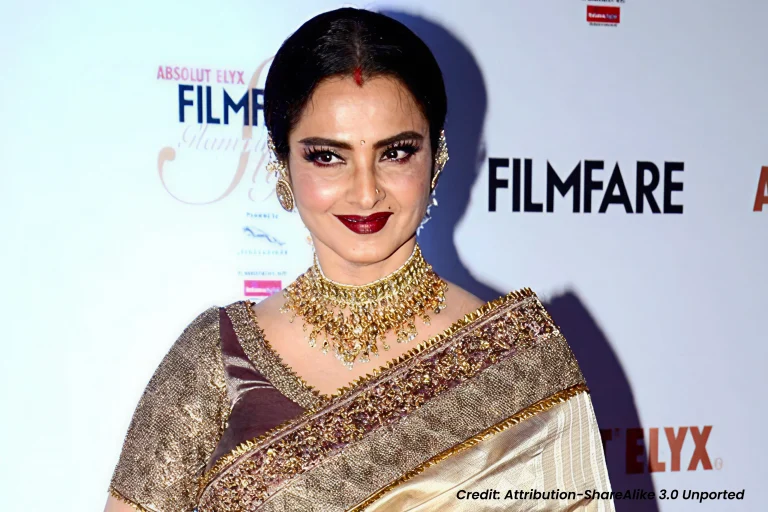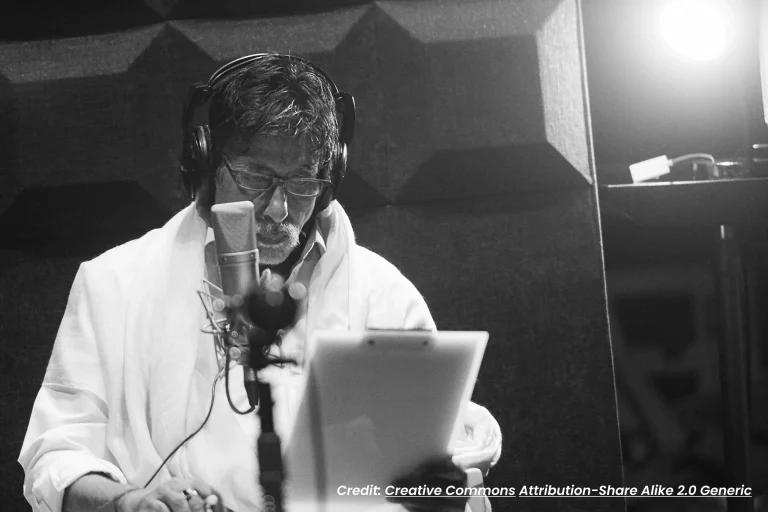All Topics
- Alchemizing Music Concepts for Students
- Artist Spotlight
- artium gift card
- Artium Maestros
- Artium News
- buying guide
- Carnatic Music
- Devotional Music
- Editorials by Ananth Vaidyanathan
- Film Music
- Guitar
- Hindustani Classical Music
- Indian Classical Music
- Indian Folk Music
- Insights
- Instruments
- Karaoke Singing
- Keyboard
- Kids Music
- maestros
- Music Education
- Music for Kids
- Music Industry
- Music Instruments
- Music Legends
- Music Theory
- Music Therapy
- Piano
- piano guide
- Success Stories
- Tamil Film Music
- Telugu Film Music
- Time Theory
- Tools
- Uncategorized
- Vocal Singing
- Vocals
- western classical music
- western music
- Western vocal music
Alchemizing Music Concepts for Students
10 Iconic Classical Film Songs of Lata Mangeshkar
10 Iconic Classical Film Songs of Lata Mangeshkar
Table of Contents
The Universe knows that Lata Mangeshkar and Asha Bhosle have a solid foundation in Indian Classical Music. Their father discovered Lata Mangeshkar’s uncanny musical talent by sheer accident when he heard a 5-year-old Lata Mangeshkar correcting his student when she thought he was out of the house.
And the correction was in a Vilambit Khayal in the Raga Puriya Dhanashri. That composition requires great maturity to understand, learn, and render, and she had learned it merely by repeatedly hearing her father teach the bandish!! Such was her genius.
After her father’s demise, Lataji continued her classical training under different Ustads. A recording of her singing Malkauns in full-fledged concerts is available. She was a great admirer of Ustad Salamat Ali Khan’s style and prowess. Rare recordings of them singing together are available.
Indian classical music is defined along many dimensions. One, of course, is Raga. The other is the incredible aspects of performance and vocal virtuosity like alaap, taan, sargam, and layakari. The quality of taan formation in the voice is an aspect that defines greatness in classical vocalism.
Some of these 10 songs are extremely rare and unknown today, showcasing many superb aspects of Lataji’s musical and vocal prowess in the classical idiom.
Baaju Band Khul Khul Jaaye
This is a famous traditional Thumri in Raga Bhairavi performed by Bade Ghulam Ali Khan, Bhimsen Joshi, and even Ghazal maestros Mehdi Hassan, Ghulam Ali, and Jagjit Singh. Thumri is rendered in two styles – the Vilambit (Slow) Bol Banao style and the fast-paced Bol baant or Gat Bhav style, suitable for Kathak.
Lata Mangeshkar’s rendition for the film Baajuband, with music by Mohd. Shafi is in the fast-paced Gat Bhav style. One of the hallmarks of the art of Thumri is improvisation on word meaning and expression. Lata Mangeshkar’s expressions are magnificent. Her vocal abhinaya (vachika abhinaya) in the ad lib interludes and with the tabla theka are in distinct styles – exhibiting the kind of crystalline artistry associated with Ustads.
And she rounds off the rendition with two mind-boggling taans – one sapaat and the next one vakra that sweeps into the Tara saptak pancham! This is a must-hear and must-learn number for students.
Raina Beeti Jaaye
Ustads and Pandits have always told us – Classical Music has two types of impact on the listener – it can evoke a ‘Waah’ and it can also evoke an ‘Aah’. The virtuosity and dexterity aspect of classical music is one dimension, and the potency of swara and raga to throw us into a trance-like state is at another level of sublimity. Lata Mangeshkar had the capacity to evoke both ‘Waah’s and ‘Aah’s. Now hear a song that stuns you into uttering ‘Aah’.
The movie – Amar Prem. As a schoolboy, I was watching it in an old theatre in Jamshedpur, and the magical sound of Raina Beeti Jaaye suddenly came. That was one of the most impactful experiences of music I have had in my life.
I could not believe what I was hearing—that a voice and the music it carried could be so utterly beautiful that one could not find the vocabulary to capture the feeling it gave me. That was the moment I realized what Lata Mangeshkar was. The opening lines are in Raga Lalit, a delicate morning raga.
But the mysterious sensitivity that Lataji has extracted from those simple phrases and sparsh swaras proves what was often said of her – that her music was divinely inspired, divinely channeled. As with many classical film songs, this composition drifts away into other ragas.
But does that matter? No. So the lesson is – if you try to confine or capture beauty in grammatical boundaries or definitions, beauty will find a way to emerge out of the fetters. That is art. Raga is not grammar. Raga is Love.
Cham Cham Naachath Aayi Bahar – Chhaya
In films, classical music was often associated with classical dance, either in a mujra scene or the heroine’s dance performance on stage. Legendary dancers like Vyjayantimala, Padmini, Waheeda Rehman, Asha Parekh, Hema Malini, Rekha, Sridevi, and Madhuri Dixit have numerous musical classics associated with their dance numbers – in various voices. This number of Asha Parekh is in the Raga Basant Bahar (in this composition, Basant is only employed at the end of the antara – that is the composer’s prerogative).
The lovely and lively number gives scope to the great Lata Mangeshkar to display her utterly fluid taans and phrases that ripple through our sensibilities. This is a composition of Salil Choudhury, whose name is not associated with classical music. But just listen to the brilliance of the composition and the melody of Lata Mangeshkar’s artistry.
Man Mohana
This is one of Lata Mangeshkar’s most celebrated classical film numbers. The composition is composed by Shankar Jaikishen for the film Seema, in the mould of a traditional madhyalaya-drut khayal performance in Ektal. The Raga is Jaijaiwanti. Lataji’s sense of the Raga shines through every note and phrase.
The ‘andaaz’ presentation of the Ektal composition is masterly, and she rounds off the rendition with a few superfast taans. She can bring a sense of improvised performance to a pre-composed recording.
I have seen many beginners in Hindustani classical music present a short concert in classroom style – an inartistic recitation of alaaps, taans, and sargams. I always recommend to students at Artium that they first learn and perform classical film songs by Lata Mangeshkar, Asha Bhosle, Manna Dey, and other stalwarts.
The sense of improvised performance will be internalized, and they will be able to understand how to perform a short classical piece effectively. This recording of Man Mohana is a must-learn for light music students who learn classical music. Give it a try! I know of several young and famous film music professionals who try to master this song.
Jiya Le Gayo Ri Mora Saavariya
Music and Natya were interwoven in Indian tradition. Music is discussed in incredibly scientific terms in the Natyashastra (possibly 2nd century B.C), a composite treatise on Theatre, Dance, and Music.
The three are interwoven, continuing in our DNA as we see in Indian films. The nine Rasas are depicted through music too – both through the power of Swara and lyrics. Sringara Rasa has many shades to it.
In this song, composed by Madan Mohan in the Raga Yaman, the mood of the young girl, played by Bindu in her debut film Anpadh, is a mixture of innocence, excitement at the first flush of passion, and the effervescence of youth.
The composition and lyrics capture these complex colours, and Lata Mangeshkar brings out the kaleidoscope of emotions in every swara, phrase and nuance. When Bindu got the opportunity, many years later, to meet Lataji at a recording, she expressed her gratitude for gifting her this song at the start of her career.
Saavare Saavare
This song is a collaboration between two Bharat Ratnas, Lata Mangeshkar and Pt. Ravi Shankar, in the film Anuradha, which has some other memorable numbers. It sounds like a traditional bol baant thumri (or Bandishi Thumri, as it’s also called). The lyrics and the style of the composition reflect a very traditional approach that one finds in a number of traditional bandishes.
Examples:
Here again, Lata Mangeshkar’s ability to capture every nuance and flavor of Raga Bhairavi and the traditional classical singing style is remarkable. Her repetitions of the sthayi and antaras, and the three avarohi taans at the end, and picking up of the Mukhda every time are enough to reveal her mastery and a deep internalization of the idiom and command over the aesthetic import of classical performance practices.
Of particular note is the old-world style of open voice singing, especially in the taans that render them into gamak taans, but with the elegance of Lata Mangeshkar.
Nadir Dheem Tana Derena – Pardesi
The great Anil Biswas was one of the earliest composers with whom Lata Mangeshkar worked. Others were Khemchand Prakash and Ghulam Haider. Their partnership was legendary, and this classical number in Behag is one instance.
The composition has taken the Gat Bhav thumri approach, where the raga phrases are laden with many ornamentations. A dance number again, by the great Bharatanatyam danseuse Padmini, who ruled the Southern industry for decades. Needless to say, Lataji interprets the composer’s creation and the soul of Behag with the ease and aplomb of a seasoned Ustad.
A great classical singer once chose to sing Puriya Dhanashree at a concert. She revealed that she had, earlier in the day, heard a song by Lataji in this raga, and was so impacted by it that she was compelled to live in the raga that day. Such was the connection Lata Mangeshkar could achieve with the souls of ragas – the Raga Bhava-s.
Mose Chhal Kiye Jaaye – Guide
A study of Lata Mangeshkar’s classical film songs will be incomplete without a composition by the great Sachin Dev Burman, a classical musician with a deep understanding of the folk music of the North East. This song is another dance number from the classic film Guide, filmed on the lady who came to be known as ‘Twinkling Toes’ after this film—Waheeda Rehman.
The film has a tense situation, with tension brewing between the hero and heroine, which is depicted in the song’s lyrics. The composer has chosen to highlight the tension through a rapid pace and a sense of urgency in the song.
The song is replete with taans and rapid phrases. Lata Mangeshkar brings a sense of tension and urgency, yet never lets go of her art’s utter musicality. Perfection and aesthetics under any circumstances—that was Lataji. And perfection that came seemingly without effort.
Baiyyan Na Dharo
My personal experience of Lataji’s classical depth came when I heard this song in 1970 from the film Dastak. It is a much-celebrated song – a great favorite of contestants in competitions. The sthayi begins in Charukesi, but moves away to include the Shuddha Dhaivat in the second line.
The antara is in a blend of other ragas. So, this demonstrates how a composer can use a mix of ragas and still create the classical feel purely based on the gaikee or vocal style – with taans, behlavas, and gamaks.
When Lata Mangeshkar sings these compositions, one is so absorbed by the authenticity of the classical gaikee that one doesn’t even notice that the song is moving through different ragas and raga shades.
Beeti Na Bitaye Raina
This highly popular and celebrated song earned Lata Mangeshkar her first National Award. Composed by R.D. Burman for the film Parichay, with lyrics by Gulzar, Jaya Bhaduri plays the character of a trained classical vocalist and daughter of a classical vocalist. Bhupinder Singh sings with Lataji in this famed father-daughter duet.
The opening mukhda – Beeti Na Bitayi Raina is in the Raga Behag – a delectable tune made enticing by Lata Mangeshkar – the way she intonates the phrase ‘Beeti Na’. The composition moves away from Behag within the second line and then into Khamaj in the antara, where Lataji has rendered the syllable ‘Na’ in the word “Naamo” in the second line of the first antara – is just pure magic. Just like a rolling murki that Marathi Natya Sangeet is replete with.
Again, it is the genius of the composer and Lataji that one never feels a sense of dissonance when the composition keeps flitting from one raga idea to another. There is a seamless flow of melody. Ultimately, Raga is melody – a garland of Swaras. A form that comes from formlessness and flows back to it. Raga is a mystery that is often mystifying. It defies definition.





Respected Sir, this article is very inspiring, thank you Sir for giving us such beautiful information.
Maam this article provides an insight to some of the greatest songs of Latamageshkar ji and how her father discovered her talent.